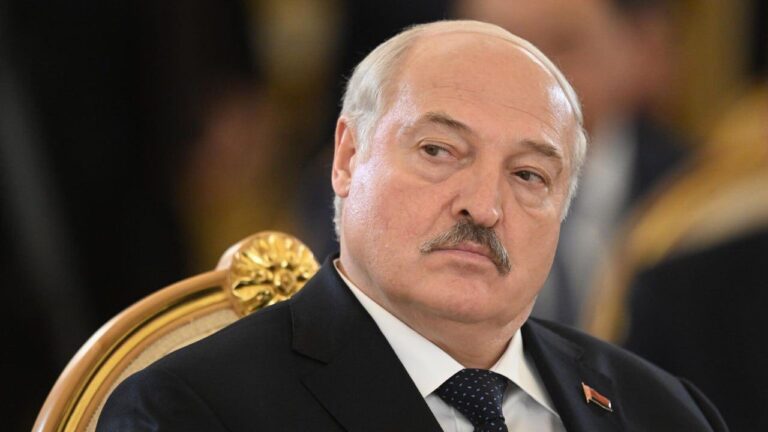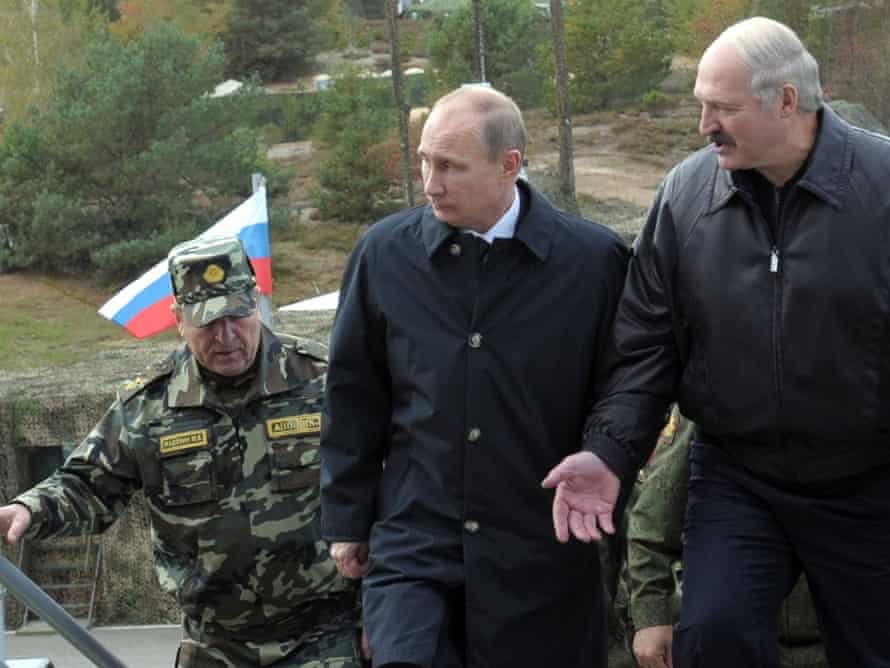Since February 2022, Russia has suffered heavy military losses while failing to achieve any of its initial goals for the invasion of Ukraine. An attempt to advance on the battlefield by employing Syria-inspired tactics of obliterating entire settlements leads to the rise of anti-Russian sentiment even in the regions deemed relatively loyal or sympathetic to Russia prior to the incursion.
The ongoing war is comprehensively weakening Russia: sanctions and the expanding international isolation are further worsening Russia’s catastrophic technological backwardness. Meanwhile, the recent terrorist attack at Crocus City Hall confirmed the Kremlin’s inability to ensure domestic security, despite warnings received from the U.S. intelligence. Social media reactions in Russia testify to growing suspicions among the Russians that it was actually the Kremlin that sought to geopolitically benefit off the attack. Russia is strengthening cooperation with totalitarian regimes and terrorist organizations, and also trying to drag its allies into hostilities in order to gain additional might to wage war against Ukraine.
According to a European intelligence official, the Kremlin is now working to orchestrate terrorist attacks on Belarusian soil – to put the blame on the Kalinovsky Regiment, an anti-Lukashenko unit fighting against Russia alongside Ukrainian troops.
Thus, the Kremlin intends to increase the public effect of the Crocus City Hall mass shooting, as well as fabricate yet another pretext to accuse Ukraine of terrorism, supporting terrorist networks and radical groups. This is happening against the backdrop of Moscow’s preparations to recognize the Taliban regime in Afghanistan. A separate goal of potential terrorist attacks in Belarus is to discredit the Kalinovsky Regiment, whom the Kremlin seeks to portray as those directly executing them.
Moscow has long sought to drag Belarus into a war against Ukraine. On April 2, 2024, during a working trip to Grodno, Alexander Lukashenko announced that “Belarus is preparing for war.” He added that the Belarusian troops were undergoing training while more equipment was being supplied to military units. The statement suggests that the regime is preparing the public in Belarus to an actual war. Drawing Belarus into the war would create local pockets of hostilities along the Ukrainian-Belarusian border, which would force Kyiv to withdraw some of its reserve forces from the combat zone to the border with Belarus. As a result, the Russians would maneuver some of their troops toward the Kharkiv or Sumy directions. This scenario confirms warnings of a Russian offensive on Kharkiv and Kyiv being in the works. The scenario appears more likely as U.S. military aid to Kyiv has practically stalled, which would give Moscow an opportunity to blame Washington for the fall of Kyiv, drawing parallel lines with the coalition’s pullout from Afghanistan and the fall of the pro-Western government in Kabul. In this manner, the Kremlin hopes to expose the U.S. as a power no longer representing a security guarantor for Europe.
Drawing Belarus into the war is not designed to actually engage the nation’s combat potential, which we assess as quite poor. The effort pursues multi-layered objectives.
1. Forcing Alexander Lukashenko to stand against Ukraine – be it formally or informally – thus, breaking his continued resistance to renouncing Belarusian sovereignty in Russia’s favor.
2. Creating conditions for destabilizing Belarus and taking full control of the country. The scenario where Lukashenko is toppled is becoming more likely amid the lack of visible prospects for further Russian advances on Ukrainian battlefields and a transition to trench warfare that has been ongoing since May 2023. RLI analysts over the past two years have pointed to signs of Russia preparing to absorb Belarus and bring a puppet regime to power. In turn, this will provide Putin with a whole range of new opportunities, including a total military call-up of Belarusian men, of which we warned last May.
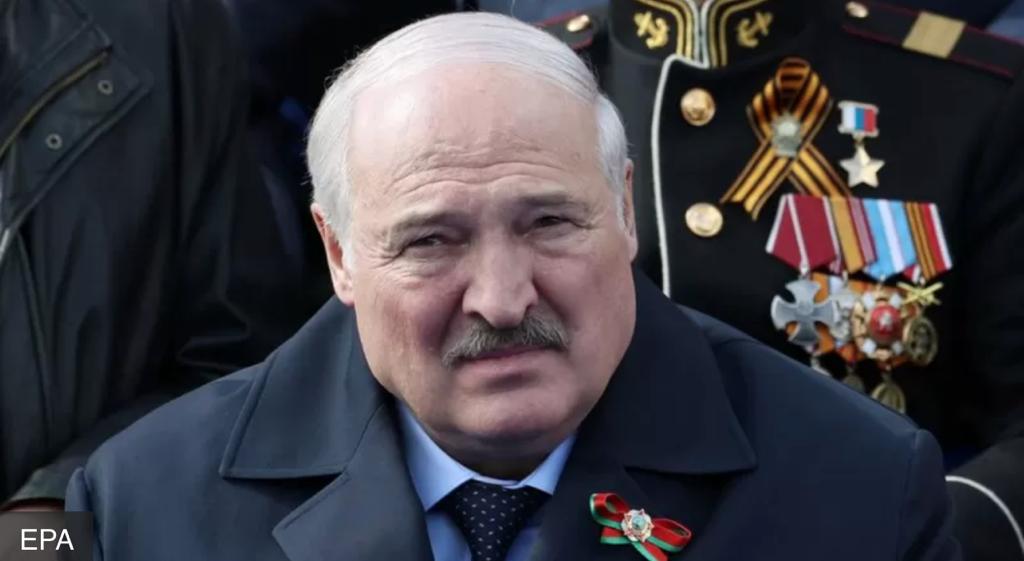
More on this story: Risks growing around Belarus amid Russia’s battlefield failures
The fall of the Lukashenko regime is becoming more likely amid the Belarus president’s official rhetoric increasingly running counter to the Kremlin’s narratives. Thus, Lukashenko openly called out Vladimir Putin’s claim that the terrorists responsible for the attack on Crocus City Hall were fleeing toward the Ukrainian border in the aftermath of the mass shooting.
Thus, it cannot be ruled out that Russia-designed attacks will target Belarusian political leadership, which will make it easier to force Minsk to join the war campaign against Ukraine.
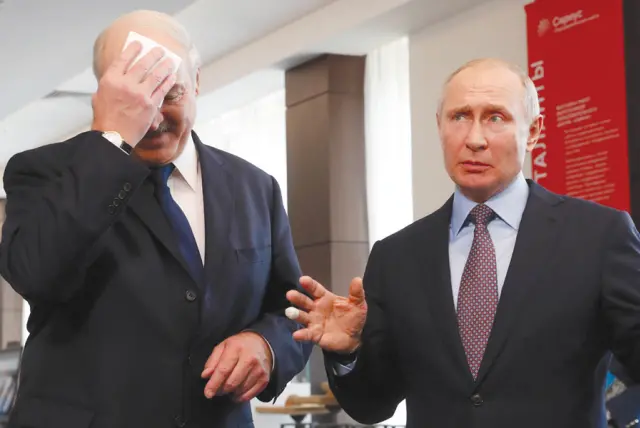
More on this story: Lukashenko risks losing sovereignty, army, and power
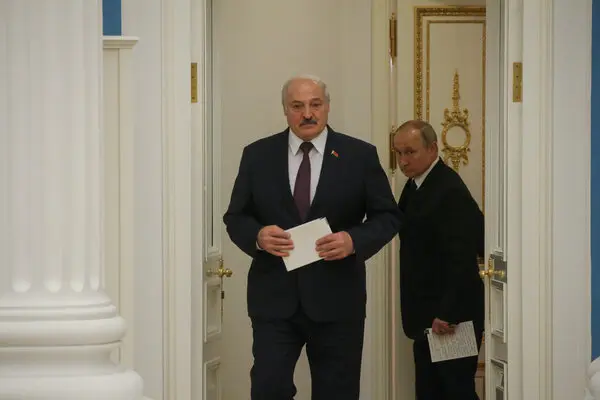
More on this story: Kremlin plotting to liquidate Lukashenko, seize control of Belarus army
Belarus’s involvement would automatically raise the degree of tension on the EU/NATO eastern flank. Europe will potentially see hostilities right across its borders. Consequently, such a scenario provides Putin with a very powerful tool to exert pressure on the West to curb support for Ukraine or force Kyiv to negotiate with Moscow. Dragging Belarus into the war would also allow Putin to declare that the so-called Special Military Operation is a war for the “Russian Heartland”, territory that is vital to Russia’s security and its very existence. This is an argument in favor of further tightening grip over their own population, continued mobilization and justification of any Russian atrocities committed in Ukraine.



